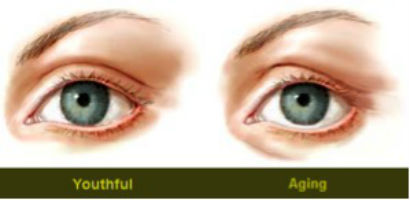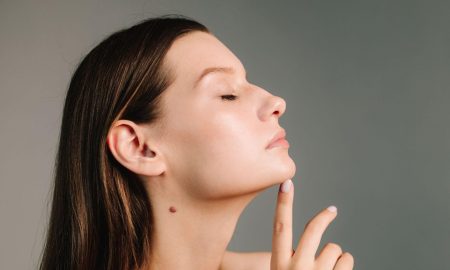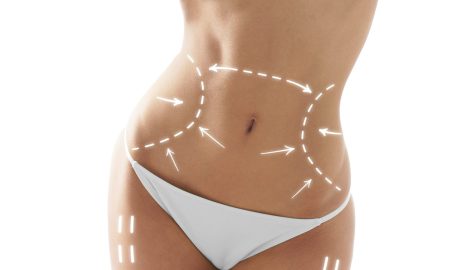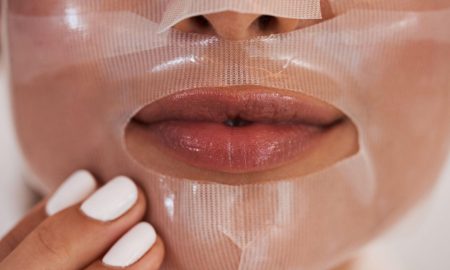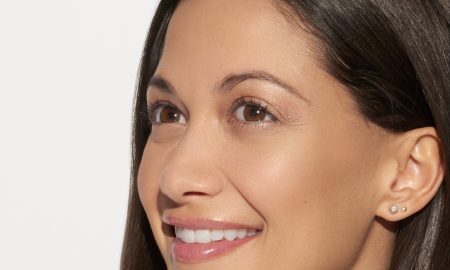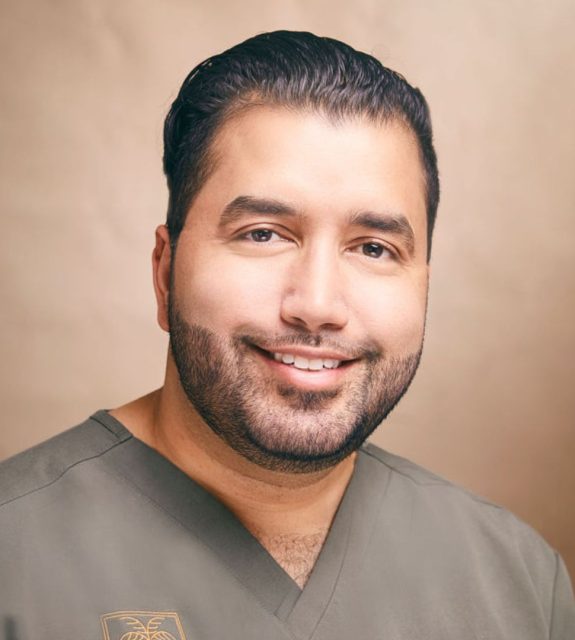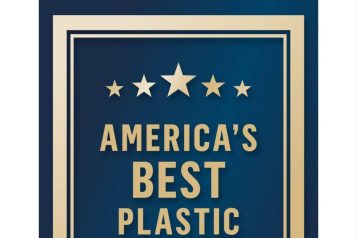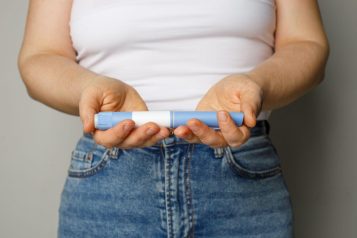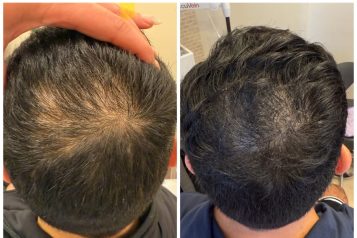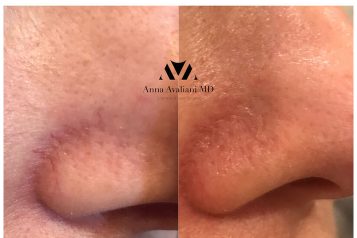
Americans expended $15 billion on aesthetic procedures – both surgical and nonsurgical – last year, according to the American Society for Aesthetic Plastic Surgery (ASAPS).
In a report, published on March 15, ASAPS asserts that the record-braking figure, a 11 percent (or $1.5 billion) spike over 2015, feeds on an ever-broader array of offered procedures, strong economy and a competitive workforce. Last year’s spending on beautifying procedures is the largest since 1997, when ASAPS commenced its Cosmetic Surgery National Data Bank Statistics survey.
Some 56 percent of the total $15 billion pour in from surgical treatments, mainly liposuction, breast augmentation, tummy tuck, eyelid surgery and breast lift. Those went up by 3.5 percent compared to 2015. Split by gender, women had more than 1.7 million surgical procedures, or 91 percent of the total.
Nonsurgical procedures saw a bigger year-on-year gain of 7 percent. Among the most sought-after nonsurgical interventions were botulinum toxin, hyaluronic acid, hair removal, photorejuvenation and chemical peels.
The data also indicates the year-on-year growth of several relatively novel surgical procedures. Fat transfer to the breast, for instance, saw an increase in popularity by a little over 40 percent, while fat transfer to the face and labiaplastry (altering the inner and outer labia) hovered around the 20 percent mark.
“Patients are requesting more refined aesthetic procedures, that aren’t always indicative of past celebrity trends,” says ASAPS President Daniel C. Mills. “Some women just want a subtle breast lift, as opposed to an increase in size. Others do want the volume, but choose an understated look by opting for newer procedures such as fat grafting to the breast. However, traditional procedures like breast implantation have not decreased, so I believe what we are seeing is a larger number of patients overall, many of whom are now taking advantage of the newer options available. This is why fat grafting to the face and breast continues to be so popular. Likewise labiaplasty, once a niche procedure, is now becoming mainstream.”


Reflective of the strength of the US economy, ASAPS findings reveal a beauty and youth obsession that skews toward the older demographic. Middle-aged men and women (between 35 and 50 years old) underwent the most procedures, or close to 40 percent of the total. Meanwhile, those aged between 51 and 64 followed only 10 percentiles behind. Both groups requested liposuction above any other surgical aid.
According to Mills these observations hint at “a desire on the part of baby-boomers and their offspring to remain competitive in a youth-centric workforce.”
A little over 75 percent of all aesthetic-operation seekers were of Caucasian descent.








